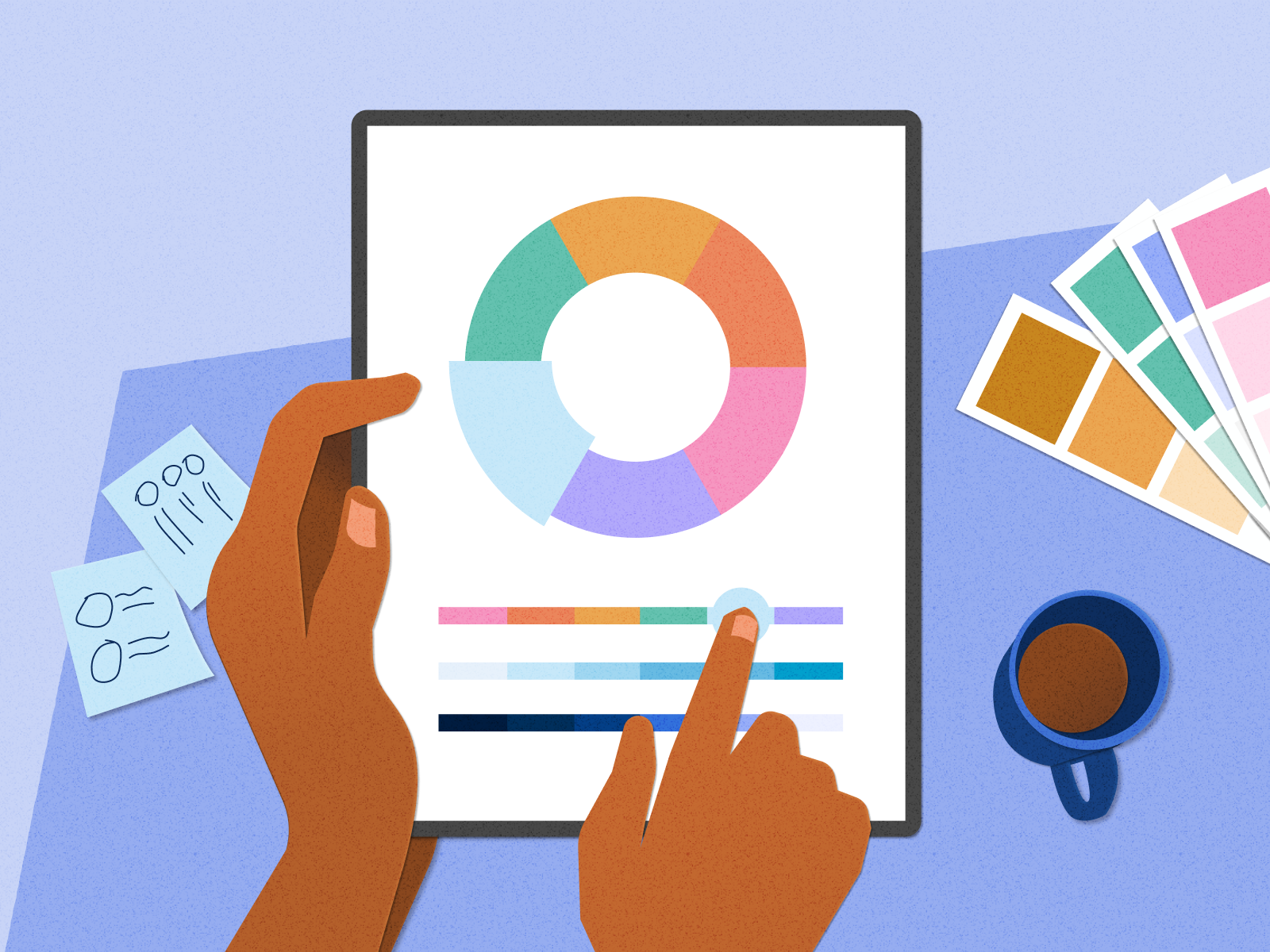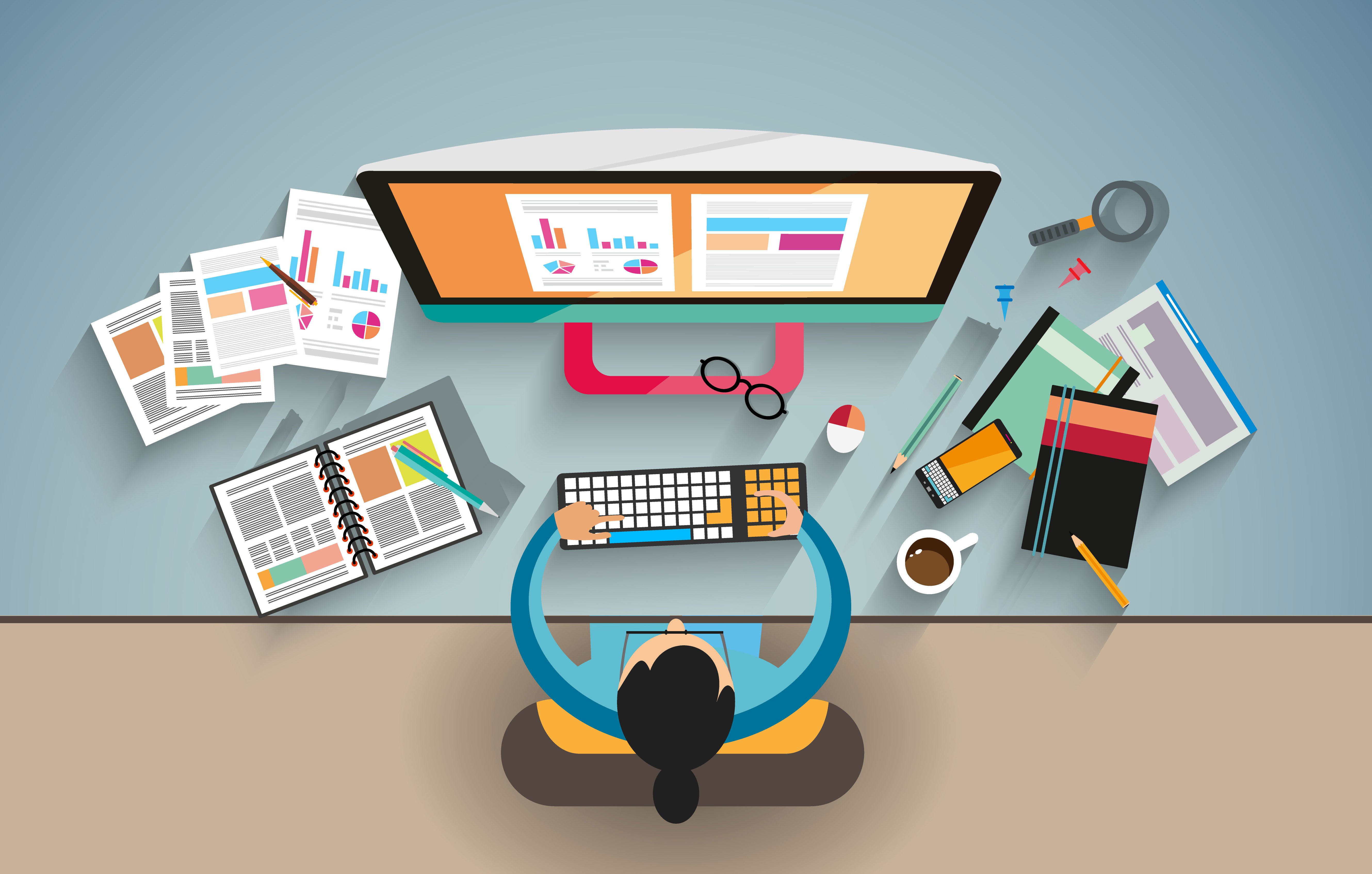The Most Effective Sorts Of Website Design to Improve User Experience and Interaction
In the ever-evolving landscape of digital communication, the effectiveness of website design dramatically affects customer experience and engagement. Numerous style approaches, such as minimalist, receptive, and interactive formats, each offer special benefits that can satisfy diverse customer demands. Recognizing which sorts of Web layout ideal offer these purposes can be crucial for companies intending to improve customer fulfillment and retention. Nevertheless, the concern stays: which design components absolutely reverberate with customers and foster significant engagement? The expedition of these principles reveals important insights that may redefine your method to website design.
Minimal Website Design
As electronic landscapes end up being significantly messy, minimal Web design has arised as an effective strategy to boosting customer experience. This layout approach focuses on simpleness, concentrating on vital aspects while getting rid of unnecessary diversions. By making use of enough white area, simple navigation, and a limited color palette, minimal layout cultivates quality and guides individual attention to key material.
The core principle of minimalist website design is to develop a smooth communication for individuals. By reducing cognitive tons, users can swiftly comprehend details without really feeling bewildered. This straight strategy not only enhances use but also urges involvement, as site visitors are most likely to discover a website that is visually attractive and easy to navigate.
Furthermore, minimal design frequently stresses typography and imagery, using these components purposefully to share messages efficiently. This concentrate on necessary parts can enhance brand name identification and create a memorable customer experience. Basically, minimal Web layout is not just a pattern; it is a thoughtful methodology that recognizes the importance of user-centered style. By stripping away peripheral components, designers can produce a more engaging, efficient, and enjoyable Web experience for all users.
Responsive Web Layout
In today's diverse electronic atmosphere, receptive website design has become necessary for producing a seamless customer experience across a wide variety of gadgets. As individuals accessibility web sites on mobile phones, tablet computers, laptop computers, and desktops, the capability of an internet site to adapt its design and content to various screen sizes and resolutions is critical.
Responsive website design employs flexible grids, photos, and CSS media inquiries to make certain that Web material is offered optimally, no matter the device made use of. This approach not just enhances the aesthetic allure of a web site yet additionally significantly enhances use. Users are most likely to involve with a site that offers a constant experience, as it removes the frustration of needing to zoom in or scroll excessively.
Furthermore, search engines, including Google, focus on mobile-friendly websites in search positions. By embracing responsive design, services can improve their presence and reach a wider audience. This technique additionally simplifies website upkeep, as a single variation of the site can accommodate all devices, decreasing the demand for several variations. In summary, receptive website design is a fundamental method that boosts individual experience, involvement, and general contentment.
Interactive Web Style
Receptive website design prepares for enhancing user experience, yet interactive Web style takes this an action better by engaging users in a much more dynamic means - Aligned Position Web Design. By incorporating aspects such as computer animations, clickable models, and real-time comments, interactive website design mesmerizes customers, attracting them into a richer surfing experience
This technique not just cultivates engagement but likewise encourages individuals to check out material proactively instead than passively eating it. Techniques such as gamification, where customers make rewards for completing tasks, can substantially boost the time invested on a site and boost overall complete satisfaction. Moreover, interactive attributes can streamline intricate information, making it more digestible and pleasurable.

Including interactive design aspects can additionally result in greater conversion rates, as customers are discover this much more most likely to involve with a site that proactively entails them. Aligned Position Web Design. Ultimately, interactive Web design transforms customer experiences right into memorable trips, guaranteeing that site visitors return time and again
Flat Design
Defined by its minimalistic method, flat design stresses simplicity and functionality, removing unneeded elements and concentrating on crucial features. This design philosophy prioritizes functionality, making certain that customers can browse user interfaces with convenience and performance. By using a tidy visual, level style gets rid of the mess frequently discovered in much more elaborate styles, consequently boosting customer emphasis on material and performance.
The hallmark of level design depends on its use strong colors, easy typography, and geometric shapes. These aspects add to a visually appealing user interface that is both modern-day and approachable. Furthermore, flat design cultivates a feeling of clarity, allowing customers to determine crucial activities and info without interruption.
Furthermore, flat layout is especially effective in receptive website design, as its simpleness equates well throughout different devices and display sizes. The lack of elaborate textures and slopes lessens loading times, which is critical for preserving user engagement. As electronic landscapes remain to develop, level style remains a pertinent option for producing user-friendly internet sites that improve total experience. By concentrating on crucial features, level design not only fulfills individual demands however also encourages seamless communication, making it an important part of effective website design techniques.
Flexible Website Design
Adaptive website design personalizes the individual experience by developing several fixed layouts tailored to different screen sizes and gadgets. Unlike receptive design, a knockout post which fluidly adjusts a single layout, adaptive style utilizes unique layouts for details breakpoints, guaranteeing ideal discussion on different systems. This technique allows designers to concentrate on the distinct attributes of each gadget, improving functionality by delivering precisely what individuals need based on their context.
One of the primary benefits of flexible website design is its ability to optimize load times and performance. By offering tailored material and images that fit the user's device, websites can minimize information usage and enhance loading speeds. This is particularly useful for individuals with slower connections or minimal information plans.

Additionally, flexible layout assists in an extra controlled and consistent branding experience. Given that developers develop several formats, they can ensure that the visual components align with the brand name's identity across various systems - Aligned Position Web Design. This results in a natural customer experience, enhancing interaction and promoting individual retention
Verdict
Minimalist design fosters clarity and focus, while responsive design ensures adaptability throughout numerous gadgets, promoting access. Collectively, these style comes close to add to the development of easy to use environments that not just boost contentment yet likewise drive higher conversion rates, emphasizing their essential importance in modern Web style techniques.

Minimalist style promotes clarity and focus, while receptive style read the full info here makes certain adaptability throughout different gadgets, promoting availability. Collectively, these layout comes close to contribute to the production of easy to use settings that not just improve complete satisfaction yet also drive higher conversion rates, highlighting their essential value in modern Web layout techniques.